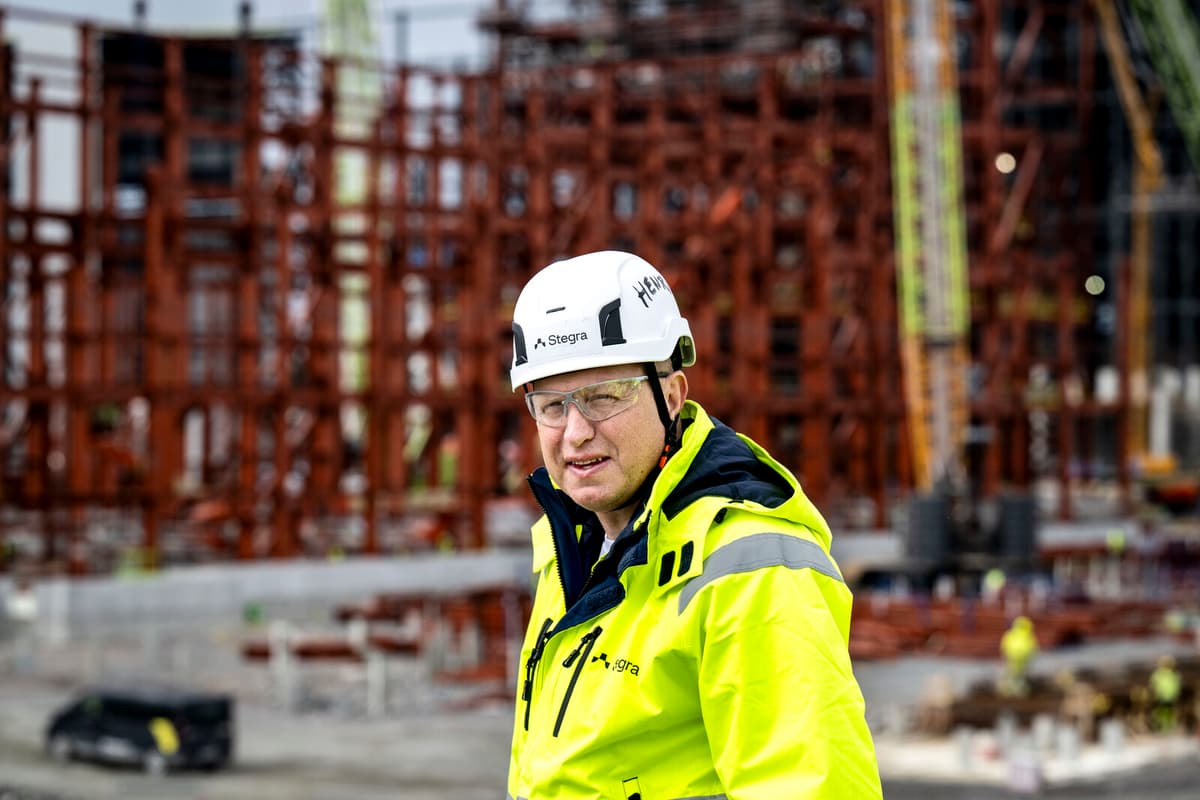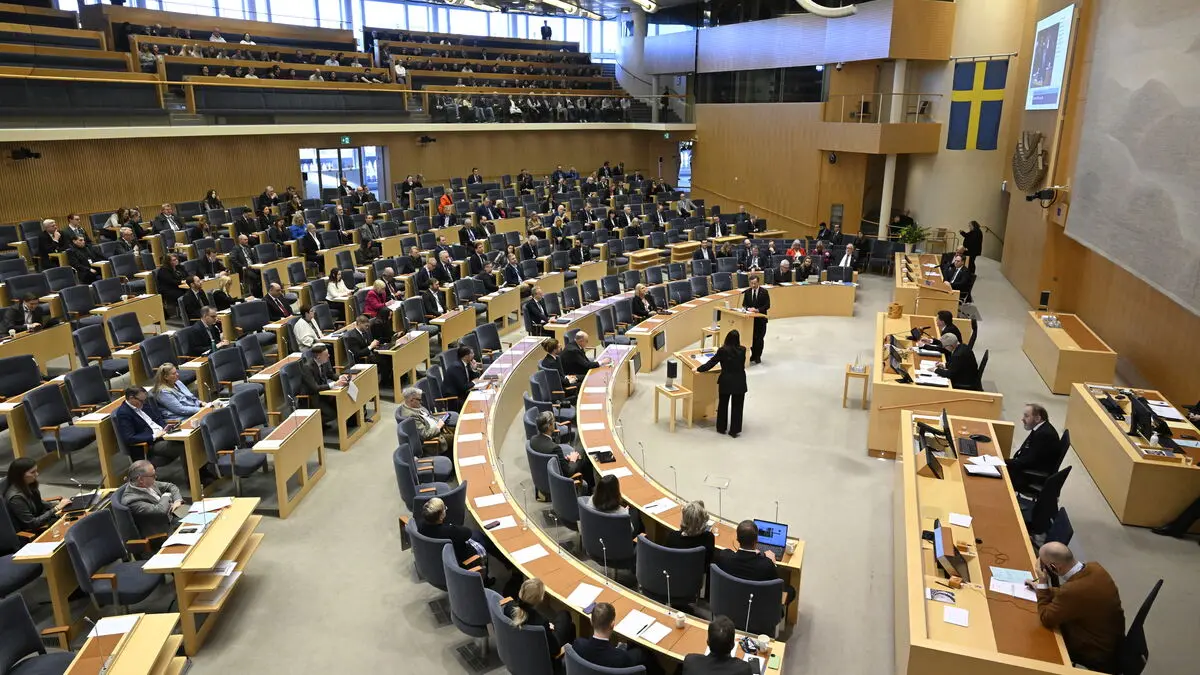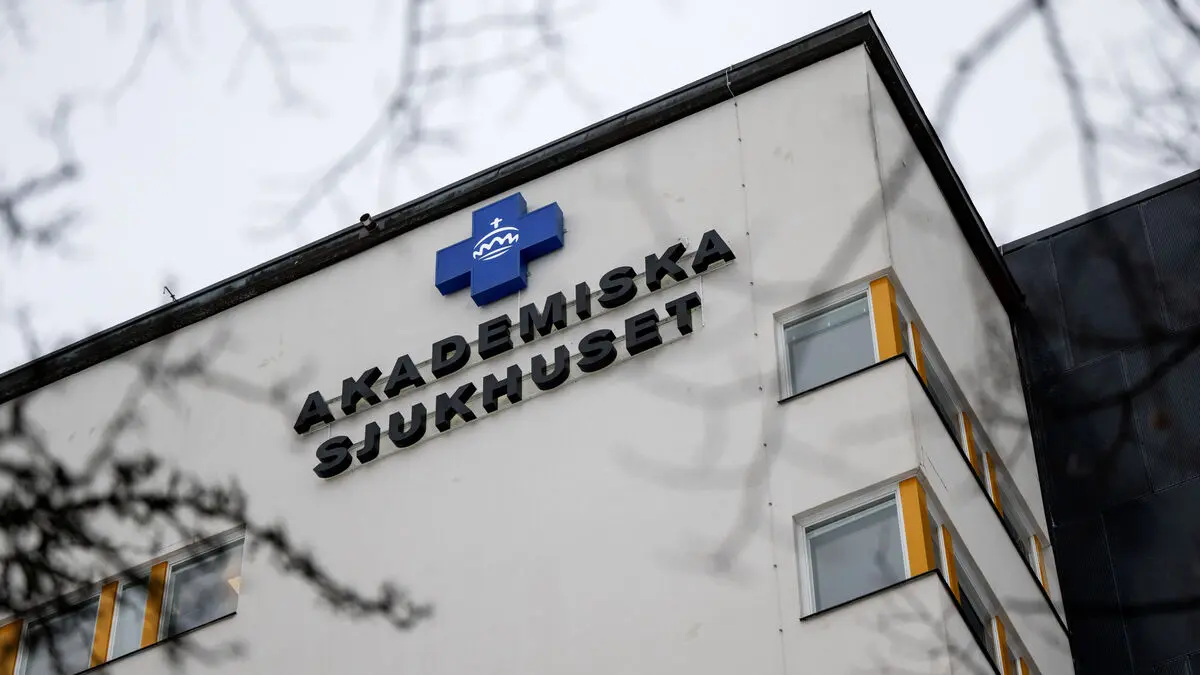The structures of Stegras facility in Svartbyn outside Boden have begun to take shape. Already at the end of 2026, the first phase of production is planned to start up and then over two million tons of green steel are to be produced annually.
Many of the knots have loosened, says Stegras CEO Henrik Henriksson on the company's first capital market day.
Northvolt's mistake
On direct questions about how Stegras is to avoid Northvolt's mistake, CEO Henrik Henriksson highlights the direct differences between the companies. Among other things, it is easier for Stegras' customers to switch to using their products.
You can use brown steel on Monday and green steel on Tuesday. You don't need to make any investments, says Henrik Henriksson and adds that the competition also looks different:
This is a low-hanging fruit. There is no green steel industry in China that dominates the market.
However, he points out that there are several lessons to be learned from Northvolt. Among other things, how they handled recruitments and solved housing. He also says that it is possible to learn from some of the mistakes.
One project at a time, Boden, Boden, Boden.
Iron ore in progress
The project is surrounded by several storm clouds. On the one hand, the electricity supply, logistics, and state support that has not arrived. But recently, Stegra reached an agreement with LKAB on test runs of iron ore pellets from late 2026. The plan is still to buy parts of the iron ore from suppliers in Canada and Brazil. Henrik Henriksson says it is important to get a mix of different iron ore suppliers.
To go up over 60 percent from a player, one would still not want that.
Needs electricity
While phase one holds the new schedule, there are still storm clouds surrounding the company's phase two, when production is to go from just over two million tons of green steel per year to nearly five.
We are preparing certain things, but it will still take two and a half years. So if we were to make a decision at the end of 2027, we would theoretically be able to be up and running in 2030.
The production would, however, require significantly more electricity than they have access to today. In order to make a decision to invest in phase two, the company must get clarity on the electricity supply.
This is hindering us from making a decision.





